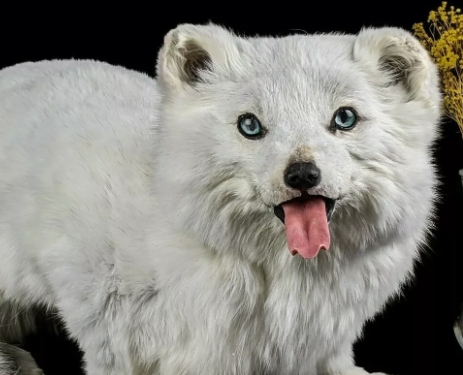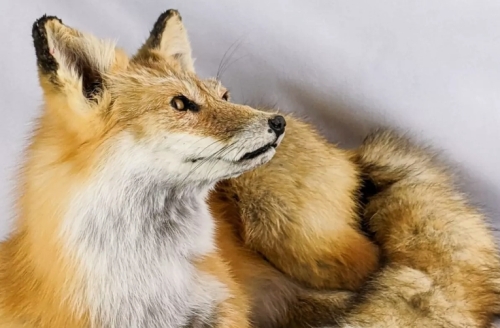Fox specimen is an important part of animal specimen collection and research. They not only show the biological characteristics of foxes, but also provide valuable information for scientific research and education. Taxidermy of a fox involves a delicate processing process to ensure that its natural posture and details are preserved.
First of all, fox taxidermy begins with capture. Usually, foxes need to be disposed of immediately after being caught to prevent spoilage. During the treatment, taxidermists strip the fox's fur, remove the guts, and then treat it with preservatives to prevent decay.
Next, the fox's fur is carefully washed, dried and filled with special fixing materials to maintain its natural size and posture. The filling process requires meticulousness to ensure that the shape and details of the specimen are as close as possible to the fox's true appearance. Once stuffed, the specimen is placed on a display rack for final finishing and adjustment.
Fox specimens need to be stored under controlled environmental conditions to avoid changes in humidity and temperature affecting the specimen. The storage environment should be kept dry and dark, and the condition of the specimen should be checked regularly. Specimens are usually placed in closed display boxes to protect them from dust and pests.
Fox specimens not only provide valuable information for biological research, but also demonstrate the ecological characteristics of foxes in natural history museums and educational institutions. By observing fox specimens, the public can learn about the foxes' external characteristics, adaptability and habitat habits, and enhance their knowledge and understanding of the natural world.














